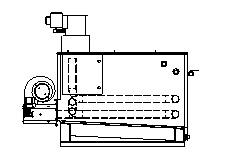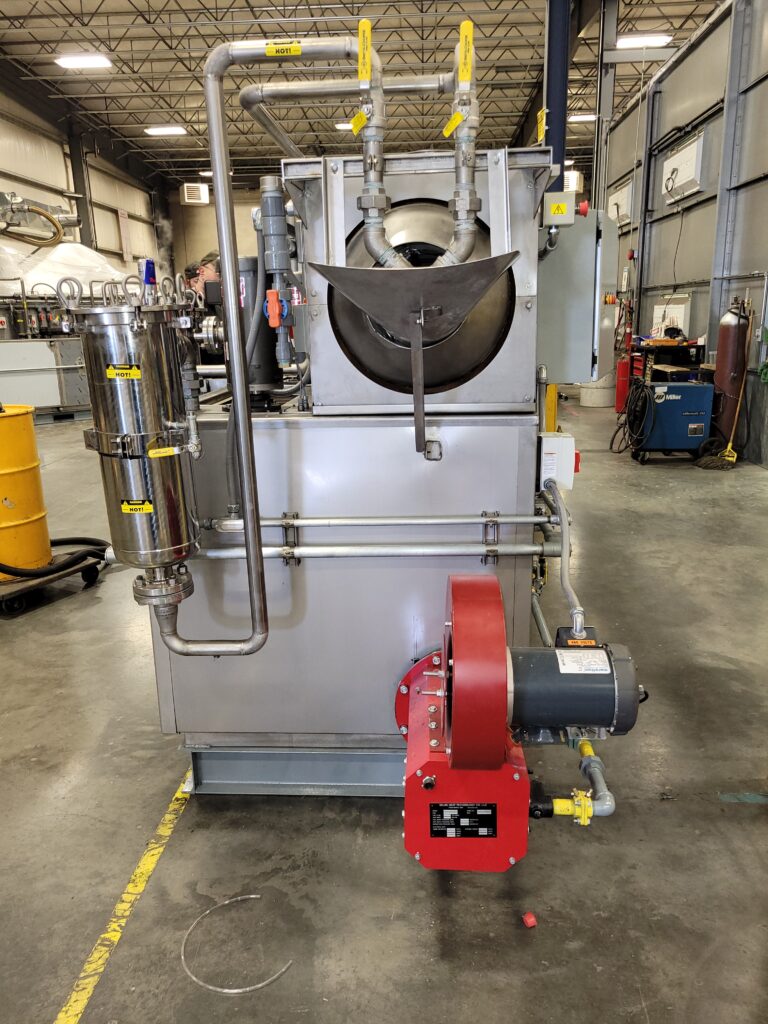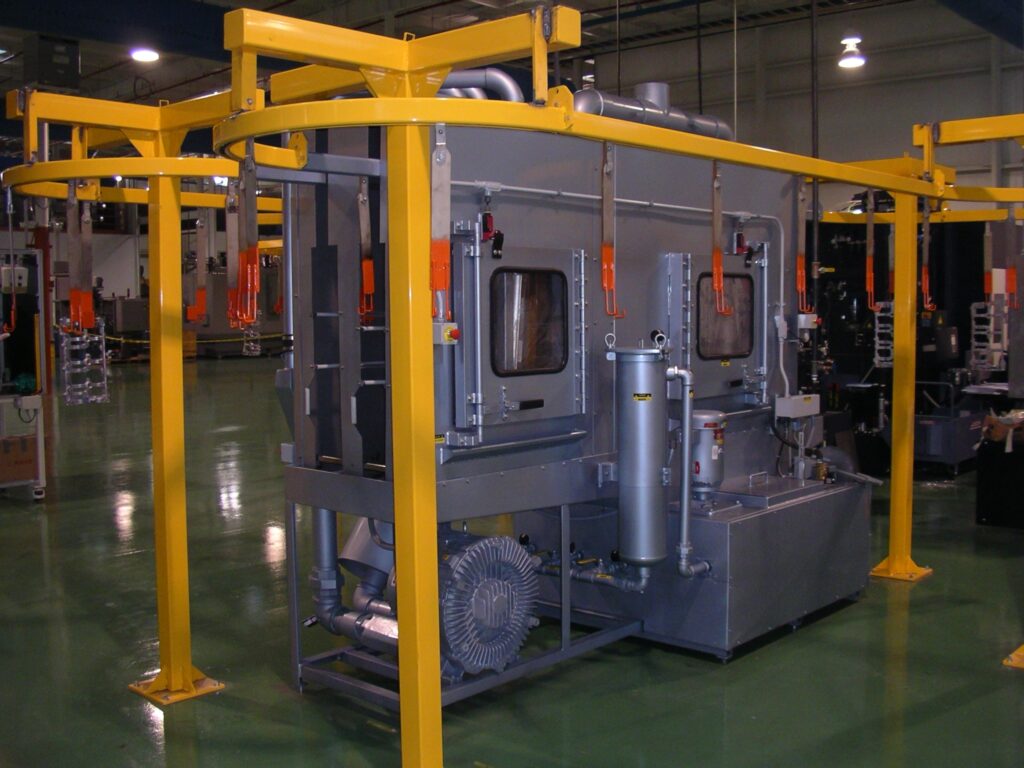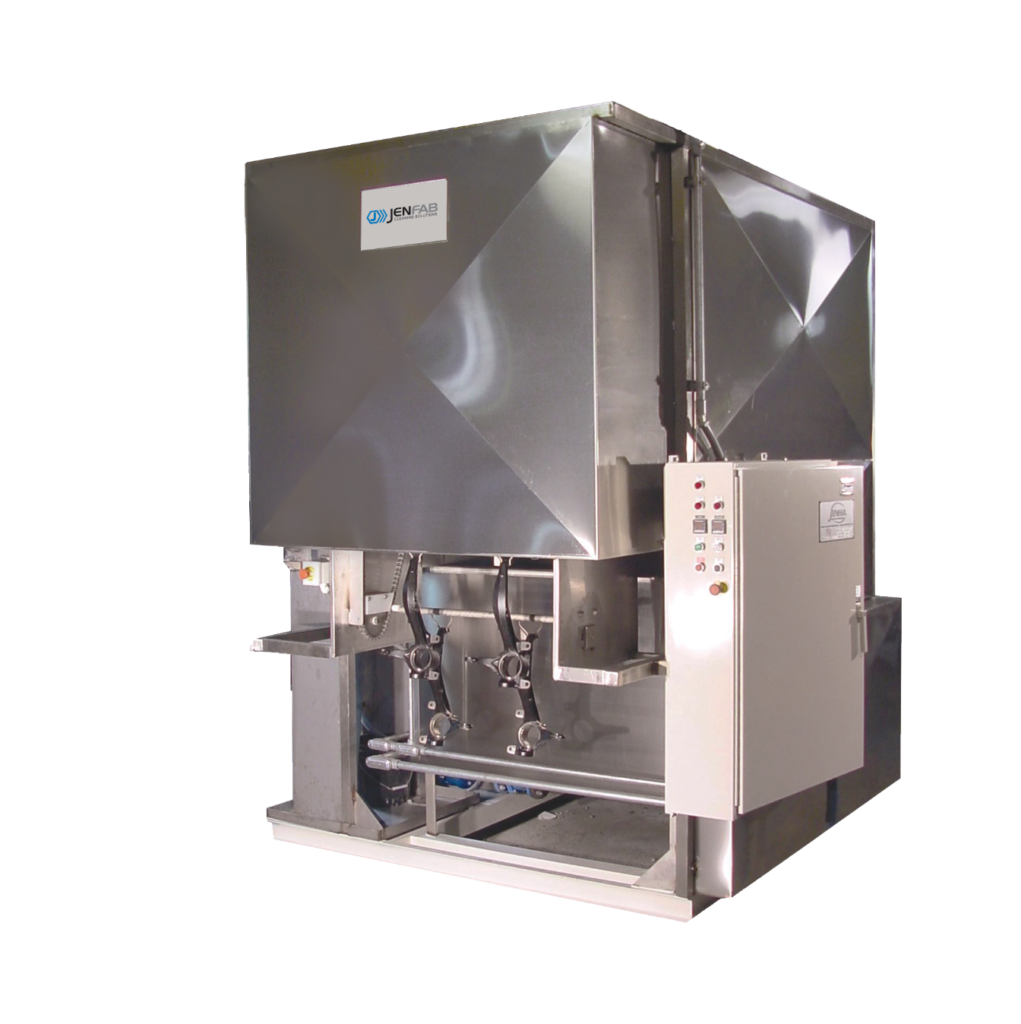Heat is a workplace health hazard. The Bureau of Labor Statistics reports that 344 workers died from environmental heat exposure from 2011 to 2019. Hot weather doesn’t only pose risks for construction workers and those with outdoor occupations.
People working in indoor manufacturing facilities or warehouses are at risk when temperatures heat up. When the temperature rises outside, so does the temperature inside facilities and warehouses. Employees at manufacturing and fabrication companies also use machines and tools that produce heat.
In early 2022, the Occupational Safety and Health Administration (OSHA) announced its new National Emphasis Program on heat safety. OSHA’s heat regulations enforce related safety measures under the federal Occupational Safety and Health Act’s general duty clause.
Midwest manufacturers know that summer days can average 90℉ and 100℉ outside, making it harder to keep it cool indoors. OSHA heat regulations are meant to inspire actions to keep workers safe.
Jenfab Cleaning Solutions focuses on doing the right thing for our team because it is the right thing to do, not because of the threat of enforcement. Taking care of our team is a part of our culture. We like to say, “I’ve got your back.”
Learn more about how Jenfab cares for our team when working in the heat.
Heat Safety Awareness
Temperatures can change quickly, affecting the conditions of the workplace. Everyone must be aware of this and have the agility to adjust in a timely fashion.
First and foremost, the leadership team must actively watch out for the team’s safety throughout the day. It is not a “check the box” exercise to comply with regulations. Authentic care keeps us aligned with OSHA heat safety regulations and creates an atmosphere that goes above and beyond regulatory checklists.
Heat illness prevention in indoor places of employment starts with considering environmental heat from the employees’ surroundings and metabolic heat from the employees’ activity levels. When creating a heat injury prevention plan, companies must consider these risk factors:
- Working outdoors in warm weather
- Ovens, fires, furnaces and other heat sources
- Strenuous physical activity
- Heavy, non-breathable work clothes
- Individual health issues
We train employees to identify heat hazards, recognize heat stress symptoms in co-workers, and know when and how to contact emergency medical services.
Pay Attention to New Hires Who Aren’t Used to Heat
New employees may push themselves to make a good impression. We watch new employees closely, especially if they are not used to working in hot and humid conditions.
Over 70% of heat-related deaths happen during a worker’s first week on the job. Over time, our bodies acclimate to our surroundings. New workers may need time to adapt to warm workplace conditions.
Pay Attention to Employees With a History of Heat-Related Stress Injuries
Team members that have experienced heat-related stress in the past are more susceptible to heat injuries. Leaders must be vigilant and take increased interest in monitoring these individuals without making them feel singled out. That is a delicate balance.
Heat-Related Illnesses & Symptoms to Watch for
Some heat-related illnesses are more severe than others. The most serious is heat stroke, when the body can no longer maintain its temperature.
When the body’s temperature rises too quickly, sweating no longer works to cool it down. In only 10 to 15 minutes, a heat stroke can cause the body’s temperature to rise to 106℉ or higher. Someone who experiences a heat stroke must receive medical attention immediately.
Common symptoms of heat stroke include:
- Confusion
- Slurred speed
- Loss of consciousness
- Dry skin or profuse sweating
- Seizures
- High body temperature
Heat exhaustion is another heat-related condition caused by an excessive loss of water and salt. Symptoms of heat exhaustion include nausea, headaches, dizziness, weakness, thirst, cramps, decreased urine output and heavy sweating.
If someone is suffering from a heat-related illness:
- Call emergency medical services immediately, especially for someone you think may be having a heat stroke.
- Move the employee to a shaded or air-conditioned area.
- Remove unnecessary outer clothing, including shoes and socks.
- Place cold, wet cloths, compresses or ice on the worker’s head and neck.
- Soak the person’s clothing with cold water.
- Circulate the air around the employee.
- Encourage the employee to drink water.
Less Serious Reactions to Heat
Team members exposed to warm environments may experience heat cramps or develop heat rashes. Sweating can cause heat cramps as the body loses moisture and salt. Workers who experience heat cramps should be sure to drink water or an electrolyte-replenishing beverage often.
Heat rashes are skin irritations caused by excessive sweating and should be kept dry. Both heat cramps and rashes should go away once the individual has cooled down.
Jenfab’s Proactive Heat Illness Prevention Plan
At Jenfab, we take employee safety seriously and work together as One Team to prevent injuries and accidents. When the weather gets warmer, we look out for one another throughout the day and encourage each other to stay hydrated.
Our heat illness prevention plan includes set precautions for when the temperature in our shop rises above 91℉. Each day, we measure the temperature and humidity inside the shop with a sling psychrometer. We also measure the heat output levels of machines like our laser cutter.
If the National Weather Service sends a heat alert, we prepare accordingly and take precautions.
We take the following protective measures to keep our team safe.
| Heat Index | Risk Level | Protective Measures |
| 91℉ to 103℉ | Moderate | – Remind workers to drink water (about 4 cups/hour) – Run shop exhaust fans – Provide electrolyte heavy beverages and frozen popsicles – Review and post heat-related illness topics with workers: how to recognize heat-related illness, how to prevent it and what to do if someone gets sick – Establish and enforce a 5-minute cool down break every hour (breaks should be taken in cool areas) – Set up a buddy system and instruct supervisors to watch workers for signs of heat-related illness – Monitor workers closely If workers must wear heavy, protective clothing or perform strenuous activities, additional precautions are recommended: – Schedule activities at a time when the heat index is lower – Develop work and rest schedules |
| 103℉ to 115℉ | High | In addition to the steps listed above: – Alert workers of high risk conditions – Actively encourage workers to drink water (about 4 cups/hour) – Limit physical exertion – Supervisors to walk around every hour with popsicles – Establish and enforce a 10-minute cool down break every hour (breaks should be taken in cool areas) – Limit work around machines that put off excessive heat or work that requires the use of heavy or non-breathable clothing – Adjust work activities – Use cooling techniques – Watch and communicate with workers at all times – When possible, reschedule activities to a time when the heat index is lower |
| >115℉ | Very High or Extreme | – Reschedule non-essential activity for days with a reduced heat index or to a time when the heat index is lower – Move essential work tasks to the coolest part of the work shift; consider earlier start times, split shifts, or evening and night shifts – Strenuous work tasks, work around machines that put off excessive heat and work requiring the use of heavy or non-breathable clothing or impermeable chemical protective clothing should not be conducted when the heat index is at or above 115℉ If essential work must be done, in addition to the step listed above: – Alert workers of extreme heat conditions – Establish water drinking schedules (about 4 cups/hour) – Develop and enforce protective work and rest schedules – Conduct physiological monitoring Stop work if essential control methods are inadequate or unavailable. |
Making It Easy for the Team to Stay Hydrated
Hydration is a critical component to keeping our team safe. Drinking enough water each day is crucial for many reasons:
- Regulates body temperature
- Keeps joints lubricated
- Prevents infections
- Delivers nutrients to the cells
- Keeps organs functioning properly
Being well-hydrated also improves sleep quality, cognition, mood and overall shop productivity.
Jenfab makes drinks, popsicles and other hydration products readily available to our team. We have tried different products like Gatorade, Sqwincher and Liquid I.V. We are constantly modifying what we have available based on what our team uses the most. If our team likes the drinks we have available, then they are more likely to use them and stay hydrated.
Lately, we have found that our team likes Liquid I.V. It may be more expensive than other hydration options, but you cannot put a price on the team’s safety. Actions must speak louder than words. We don’t just say, “I’ve got your back.” We back it up with our actions.
Staying Engaged to Ensure the Team Is Safe
Jenfab has a prevention plan in place. We don’t shy away from discussing workplace hazards. Our team is aware of hazards and informed on what to do should someone get sick or have an accident. A knowledgeable and prepared team creates a safer environment for everyone.
We strive for Goal Zero—that’s zero accidents and injuries. By working together, we can prevent occupational safety issues like heat injuries and illnesses.
Are you interested in a career at Jenfab? We offer opportunities for you to grow in your craft and skill set. Start your fabrication or engineering job here today.
Explore our job opportunities, and apply today online. You may also contact our HR department at [email protected].


















